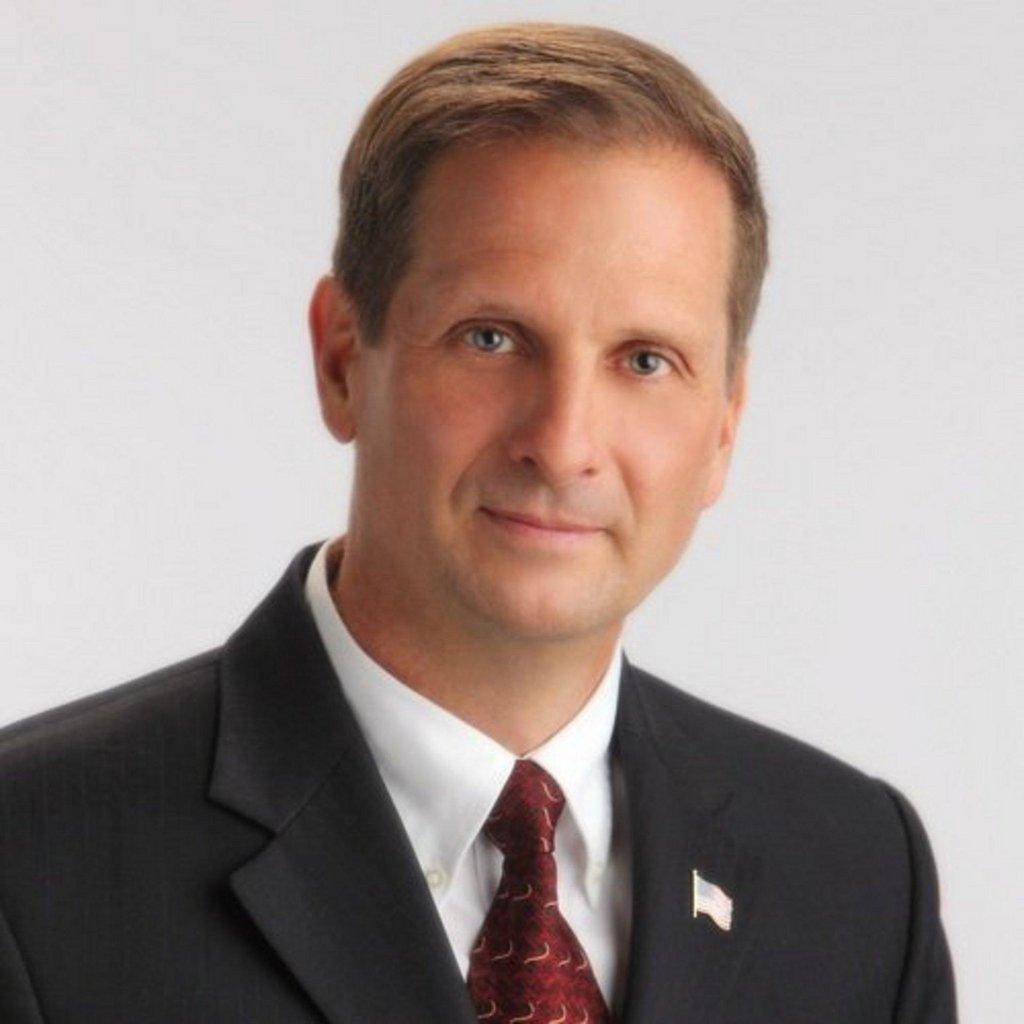Washington, D.C. – Chaired by Rep. Chris Stewart (R-Utah), the Energy and Environment Subcommittees today held a joint hearing to examine the EPA’s scientific processes and how the agency conducts its investigation into the relationship between hydraulic fracturing and groundwater.
Chairman Lamar Smith (R-Texas): “It seems that each week there is more good news about the incredible benefits of the fracking energy revolution that is underway across America. However, some choose to ignore these benefits and instead focus on finding ways to restrain, if not stifle, the new development. The EPA has too often been complicit in this effort. They have attempted to link fracking to water contamination in at least three cases, only to be forced to retract their statements after further scrutiny proved them to be unfounded.”
Witnesses outlined EPA’s inconsistent adherence to protocols, procedures and other policies governing research activities, and discussed how the agency could improve its study processes. The hearing highlighted significant problems with several of EPA’s previous ground water investigations.
Environment Subcommittee Chairman Chris Stewart (R-Utah): “Given EPA’s rush to judgment in Wyoming, Texas, and Pennsylvania, we should question whether the agency’s ongoing study is a genuine, fact-finding, scientific exercise, or a witch-hunt to find a pretext to regulate.
“EPA’s recent announcement that it is walking away from its attempt to link hydraulic fracturing to groundwater issues in Pavillion, Wyoming is the most recent example of the agency employing a ‘shoot first, ask questions later’ policy toward unconventional oil and gas production. This marks the third case in which EPA has made sweeping allegations of fracking-caused contamination, only to have to recant these claims later due to errors, omissions and breaches of protocol. At a time when so many Americans are learning to distrust our federal government, this is another blow for the credibility of our federal agencies.”
The EPA’s Office of Research and Development (ORD) is involved in an ongoing study to determine the relationship, if any, between hydraulic fracturing and drinking water resources. Officials from ORD who are in charge of this study have publically stated that they are also conducting “a pretty comprehensive look at all the statutes to determine where ‘holes’ may allow for additional federal oversight.” Republicans today characterized this approach as an attempt to find a way to regulate hydraulic fracturing, without any comprehensive assessment of the likelihood of risks. The study plan contains no quantitative risk assessment.
Energy Subcommittee Chairman Cynthia Lummis (R-Wyo.): “In this manner, the agency appears headed toward developing conclusions completely divorced from any useful context. It is akin to a weatherman warning citizens to take shelter based on the possibility that a storm will occur, without including any indication of when the storm might occur, where it might hit and how likely it is to actually take place. I am not alone in this concern, as several of the panelists on the EPA’s Science Advisory Board’s Hydraulic Fracturing Research Advisory have similarly expressed apprehension over the lack of context the agency is providing and its neglect of risk assessment.”
The following witnesses testified at the hearing:
Dr. Fred Hauchman, Director, Office of Science Policy, Office of Research and Development, Environmental Protection Agency
Dr. David A. Dzombak, Chair, Environmental Protection Agency Science Advisory Board, Hydraulic Fracturing Research Advisory Panel
Mr. John Rogers, Associate Director, Oil and Gas, Division of Oil, Gas, and Mining, Utah Department of Natural Resources
Dr. Brian Rahm, Post-Doctoral Associate, New York State Water Resources Institute, Cornell University
For more information about today’s hearing, including witness testimony, please visit the Science, Space, and Technology Committee website.

